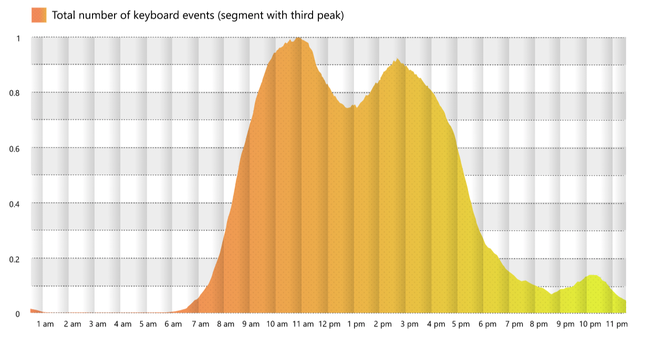The triple-peak work day is a worrying trend
When I first stepped into the world of consulting, I spent around 18 months working with a large organisation. The person I reported to in the organisation did all of his real work in the evenings, because his 9-5 day was completely full of meetings.
Talking in meetings isn’t work. I’ve never thought so, and never will.
Last week, Microsoft published a study that offers an eerie reflection of my working life. Traditionally, the researchers said, white-collar workers—or “knowledge workers,” in the modern parlance—have had two productivity peaks in their workday: just before lunch and just after lunch. But since the pandemic, a third and smaller bump of work has emerged in the late evening. Microsoft’s researchers refer to this phenomenon as the “triple peak day.”Source: The Rise of the 9 p.m. Work Hour | The Atlantic[…]
Several underlying phenomena are pushing up this third mountain of work. One is the flexibility of at-home work. For example, parents of young kids might interrupt their workday or cut it off early for school pickup, dinnertime, bedtime, and other child care. This leaves a rump of work that they finish up later. Other workers are night owls who get their second wind—or even their primary gust of creativity—just before bed.
[...]Something else is pushing work into our evenings: White-collar work has become a bonanza of meetings. In the first months of the pandemic, Microsoft saw online meetings soar as offices shut down. By the end of 2020, the number of meetings had doubled. In 2021, it just kept growing. This year it’s hit an all-time high.
